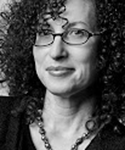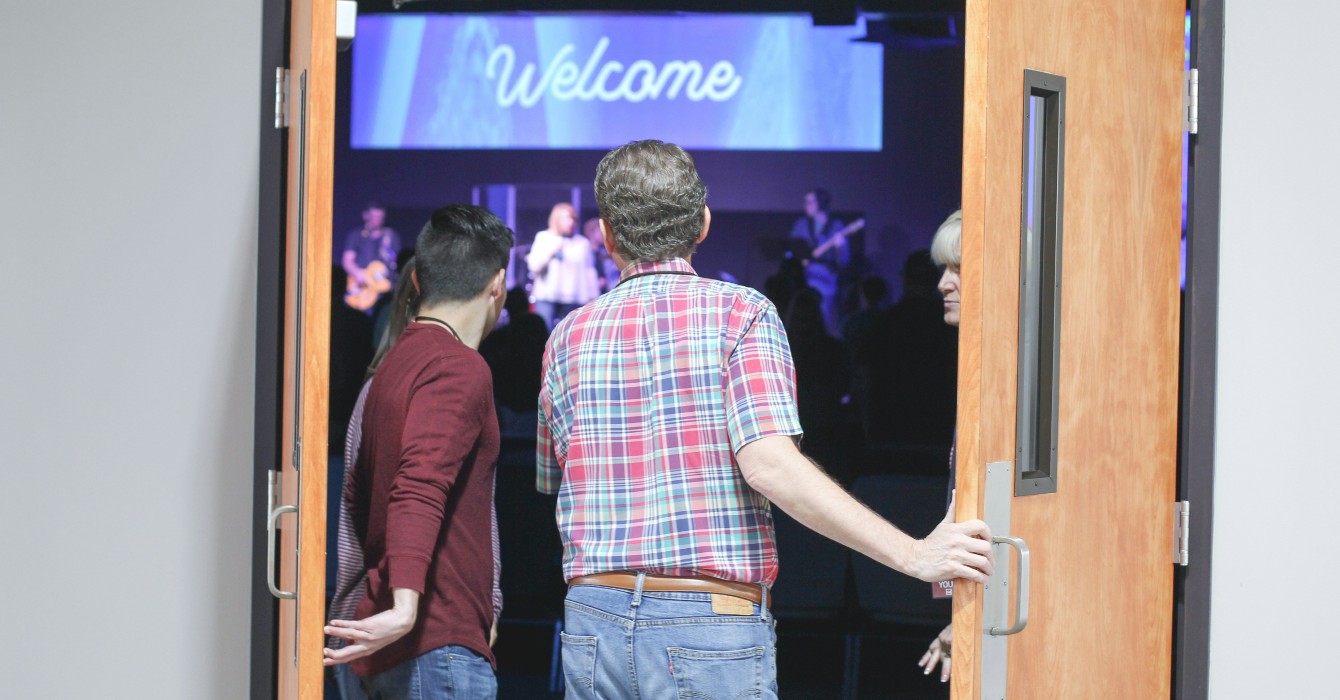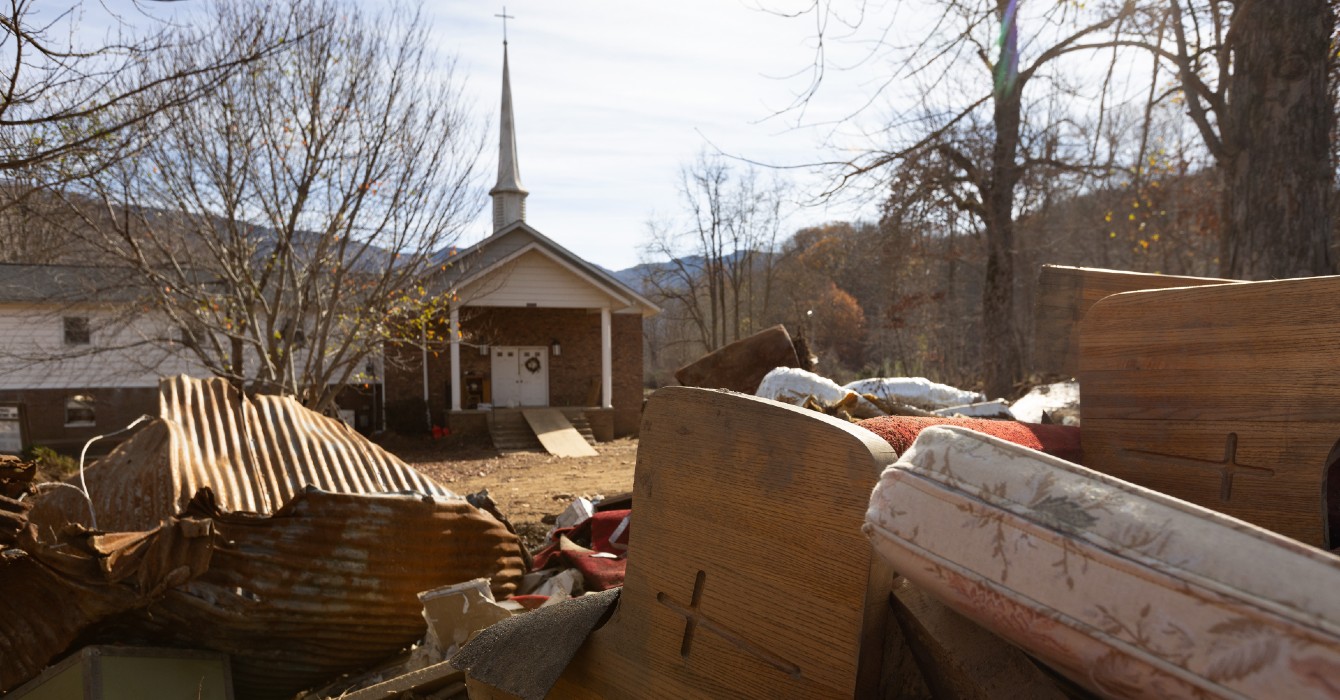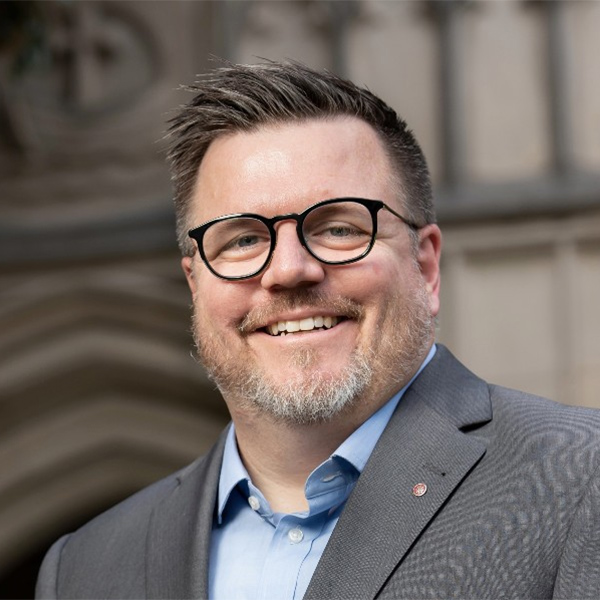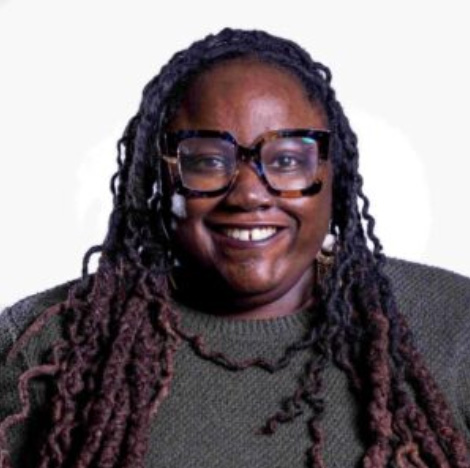When I attended Yale Divinity School in the mid-1980s, the student body was striking in two ways that illustrated the breaking down of barriers in American religion.
After Episcopalians, Catholics were the second-largest group of students at the historically Protestant institution. And two-thirds of the Catholic students were women.
Many of these students entered with the hope that the church would in time open itself up to allow women to exercise their pastoral gifts.
But the recent criticism by the Vatican of the U.S. Leadership Conference of Women Religious shows just how limited the role of women in the church continues to be. And it is not just the Catholic Church that has been slow to open its leadership roles to women.
Amid all the social changes that have seen women reach the top in many secular arenas, women continue to be vastly underrepresented in positions of authority in the nation’s churches.
The 2006-2007 National Congregations Study found that more than half of congregations, representing nearly six in 10 participants in churches, do not allow women to be senior clergy. And a third of congregations do not allow women to preach at the main worship service.
It is not as if women were just recently entering into church life in large numbers. Research shows that women have been and continue to be more active in their faith lives. Women are more likely than men to pray daily, attend services frequently, say religion is very important in their lives and have absolutely certain belief in a personal God, according to the Pew Forum’s U.S. Religious Landscape Survey.
But there are still substantial barriers keeping them outside positions of authority, from official prohibitions of women clergy to powerful social and cultural forces reinforcing the tradition of male pastors.
For example, in one study on the black church, sociologist Sandra Barnes found evidence suggesting that sermons focusing on general issues of racial justice appear to undermine support for women in the pastorate.
“One might assume that a history of racial oppression would sensitize African Americans, both women and men, relative to other forms of discrimination and actually increase the likelihood of support for gender equity. But based on the historic mistreatment of African-American men, their counterparts are often expected to ‘stand by her man,’ thereby supplanting concerns of sex/gender inequality for issues of racism,” Barnes wrote in a 2006 article on gender inclusivity in the black church in the Journal for the Scientific Study of Religion.
Still, there are signs of change.
The number of women pursuing ministerial careers increased more than tenfold, from 6,314 in 1970 -- 2.9 percent of all clergy -- to 67,425 in 2005 -- 14.5 percent of all clergy, sociologist Michelle Stewart-Thomas reported in a 2010 article in the journal Gender, Work & Organization.
In 2011, women made up about 30 percent of students seeking master of divinity degrees at member institutions of The Association of Theological Schools.
While women still have difficulties obtaining pastorates at larger congregations, they have made substantial inroads in the clergy ranks in many mainline Protestant churches, increasingly rising to the ranks of bishop and even presiding bishop.
And never underestimate the voice of the faithful. Most people in the pews today do not think gender should be a barrier to the exercise of pastoral gifts.
In the 2006 Faith Matters Survey, three-quarters of female respondents -- and 78 percent of male respondents -- said women should be allowed to be priests or clergy in their houses of worship.


